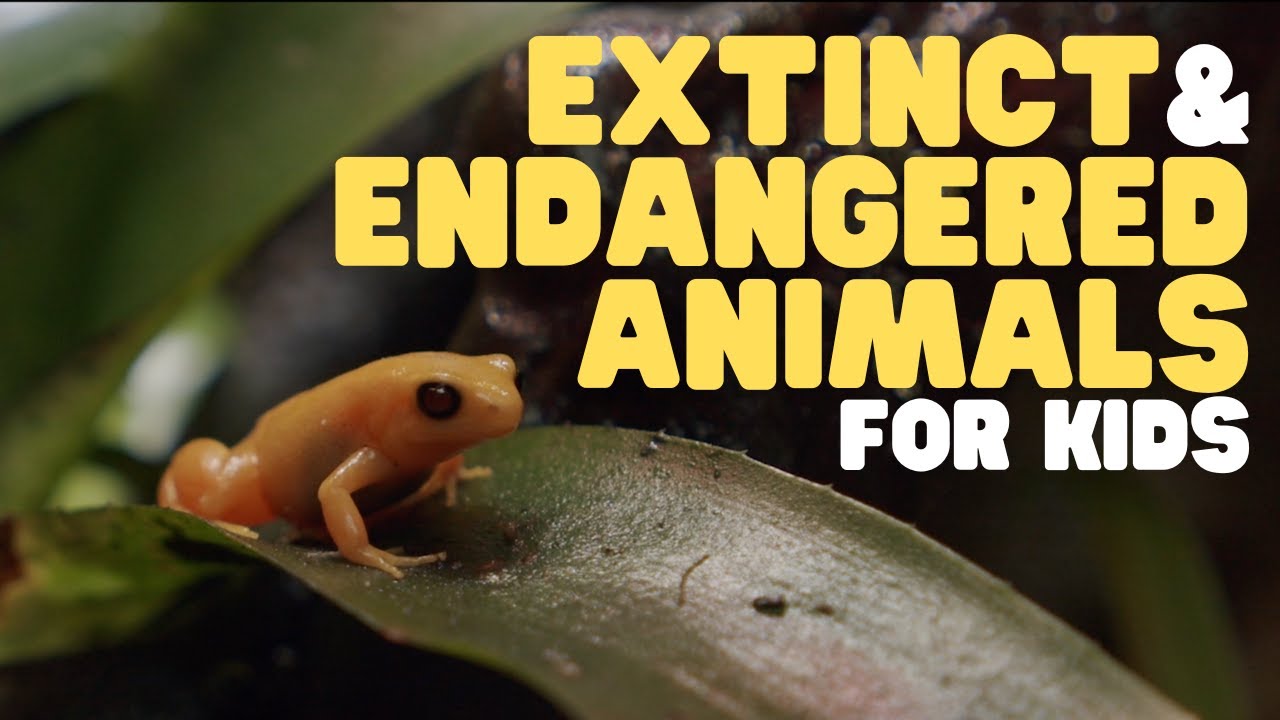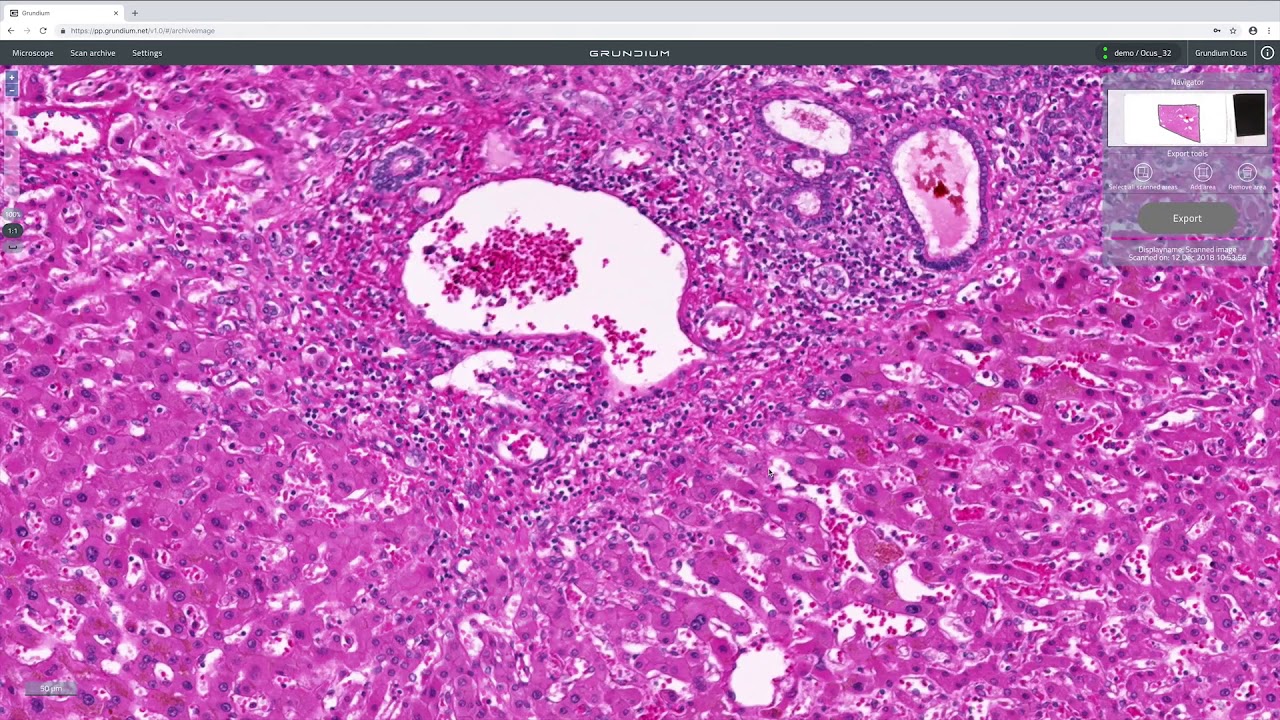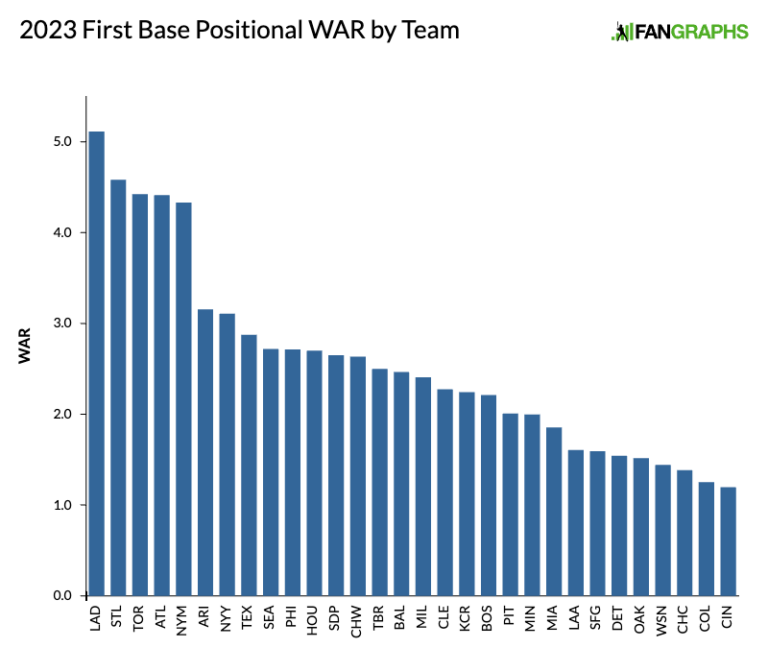The Role Of AI In Protecting Endangered Species: Opportunities And Risks

Table of Contents
Opportunities: How AI is Enhancing Endangered Species Conservation
AI offers a powerful toolkit for enhancing our conservation efforts. By leveraging machine learning and advanced algorithms, we can achieve breakthroughs previously unimaginable.
AI-Powered Monitoring and Surveillance
AI-driven image recognition and video analysis are revolutionizing wildlife monitoring. These technologies enable real-time identification of endangered species, tracking their movements, and monitoring population numbers with unprecedented accuracy.
- Drone Surveillance: Drones equipped with AI-powered cameras can survey vast areas, identifying endangered animals and their habitats efficiently, reducing the need for intrusive ground-based methods. This allows for broader coverage and faster response times to threats.
- Camera Trap Analysis: AI algorithms can rapidly analyze thousands of camera trap images, identifying target species and automatically cataloging crucial data like individual animal identification, behaviors, and population estimates. This drastically reduces the time and resources required for manual analysis.
- Satellite Imagery Analysis: AI can process satellite imagery to detect changes in habitat, monitor deforestation rates, and identify potential areas of conflict between humans and wildlife, providing valuable insights for proactive conservation planning. This offers a large-scale overview often impossible with ground-based methods. Keywords: AI image recognition, AI video analysis, wildlife monitoring, camera traps, drone surveillance, population monitoring.
Predictive Modeling for Conservation Strategies
Machine learning algorithms are proving invaluable in predicting future threats and optimizing conservation strategies. By analyzing vast datasets—climate data, habitat loss patterns, poaching activity, and human population density—AI can anticipate risks and guide decision-making.
- Predicting Poaching Hotspots: AI models can identify areas with a high probability of poaching activity based on historical data and environmental factors, allowing for the strategic deployment of anti-poaching resources.
- Identifying Critical Habitats: AI can analyze habitat suitability based on various environmental factors, pinpointing crucial areas for species survival and informing habitat preservation efforts.
- Forecasting the Impact of Climate Change: AI models can simulate the effects of climate change on species distribution and habitat suitability, helping conservationists anticipate and mitigate potential impacts. Keywords: Machine learning, predictive modeling, habitat loss, climate change, poaching prediction, conservation strategy.
Enhancing Anti-Poaching Efforts
AI is playing a crucial role in strengthening anti-poaching initiatives, improving their effectiveness and efficiency.
- Acoustic Monitoring: AI-powered systems can analyze soundscapes, detecting gunshots or specific animal distress calls, providing real-time alerts to anti-poaching patrols. This allows for rapid response to poaching incidents.
- Patrol Route Optimization: Predictive analytics can optimize patrol routes based on poaching risk predictions, ensuring that anti-poaching resources are deployed effectively and efficiently. Keywords: Anti-poaching, acoustic monitoring, patrol route optimization, predictive policing, wildlife crime.
Risks and Challenges of Utilizing AI in Conservation
While the potential benefits are immense, there are significant risks and challenges associated with using AI in conservation. Addressing these issues is crucial for responsible implementation.
Data Bias and Algorithmic Fairness
Biases in training data can lead to inaccurate or unfair outcomes, potentially harming certain species or populations disproportionately. Ensuring diverse and representative datasets is paramount.
- Addressing Algorithmic Bias: Careful curation of training data is essential to minimize bias. This involves actively seeking out data from diverse geographical locations and demographic groups to prevent skewed results.
- Transparency and Explainability: Understanding how an AI model arrives at its conclusions is crucial for identifying and addressing potential biases. Developing transparent and explainable AI models is a key challenge. Keywords: Data bias, algorithmic bias, fairness, representative data, AI ethics.
Technological Limitations and Costs
Current AI technologies have limitations, including high computational power requirements, significant data storage needs, and substantial initial investment costs. Accessibility and affordability pose significant barriers for many organizations.
- Computational Resources: The processing power needed for advanced AI applications can be expensive and inaccessible to organizations with limited resources.
- Data Storage: Large datasets required for training AI models demand significant storage capacity.
- Cost-Effectiveness: The high initial investment required for AI-powered conservation tools can be prohibitive for organizations with limited budgets. Keywords: computational power, data storage, cost-effectiveness, accessibility, technology limitations.
Ethical Considerations and Data Privacy
Ethical concerns surround data collection, usage, and storage, especially regarding the privacy and security of sensitive wildlife data. Balancing conservation needs with privacy rights is critical.
- Data Security: Robust security measures are needed to protect sensitive wildlife data from unauthorized access or misuse.
- Informed Consent: Ethical data collection practices must be implemented, with transparent communication and informed consent where applicable.
- Responsible AI Development: AI systems should be developed and deployed with careful consideration for ethical implications and potential unintended consequences. Keywords: Data privacy, data security, ethical AI, responsible AI, wildlife data privacy.
The Future of AI in Endangered Species Protection: A Call to Action
AI offers transformative potential for endangered species conservation. However, responsible development and implementation are essential to maximize benefits and mitigate risks. Collaboration between researchers, conservation organizations, and technology developers is crucial. The future of endangered species protection may well depend on harnessing the power of AI responsibly. Learn more about how you can contribute to this vital work and support the development of ethical AI solutions for endangered species conservation.

Featured Posts
-
 Subystem Failure Delays Blue Origins Upcoming Rocket Launch
Apr 23, 2025
Subystem Failure Delays Blue Origins Upcoming Rocket Launch
Apr 23, 2025 -
 Istanbul 3 Mart Pazartesi Iftar Ve Sahur Saatleri
Apr 23, 2025
Istanbul 3 Mart Pazartesi Iftar Ve Sahur Saatleri
Apr 23, 2025 -
 1 050 Price Hike Projected At And T Raises Alarm Over Broadcoms V Mware Deal
Apr 23, 2025
1 050 Price Hike Projected At And T Raises Alarm Over Broadcoms V Mware Deal
Apr 23, 2025 -
 Trumps Fda A Catalyst For Biotech Development And Funding
Apr 23, 2025
Trumps Fda A Catalyst For Biotech Development And Funding
Apr 23, 2025 -
 Analyzing The Fan Graphs Power Rankings March 27th To April 6th
Apr 23, 2025
Analyzing The Fan Graphs Power Rankings March 27th To April 6th
Apr 23, 2025
